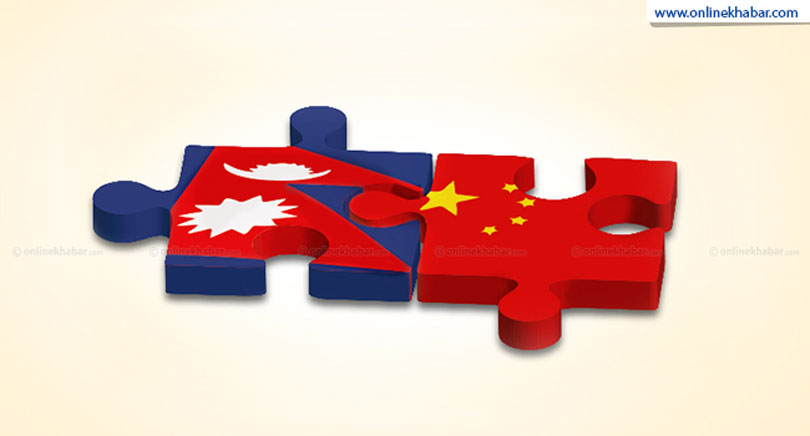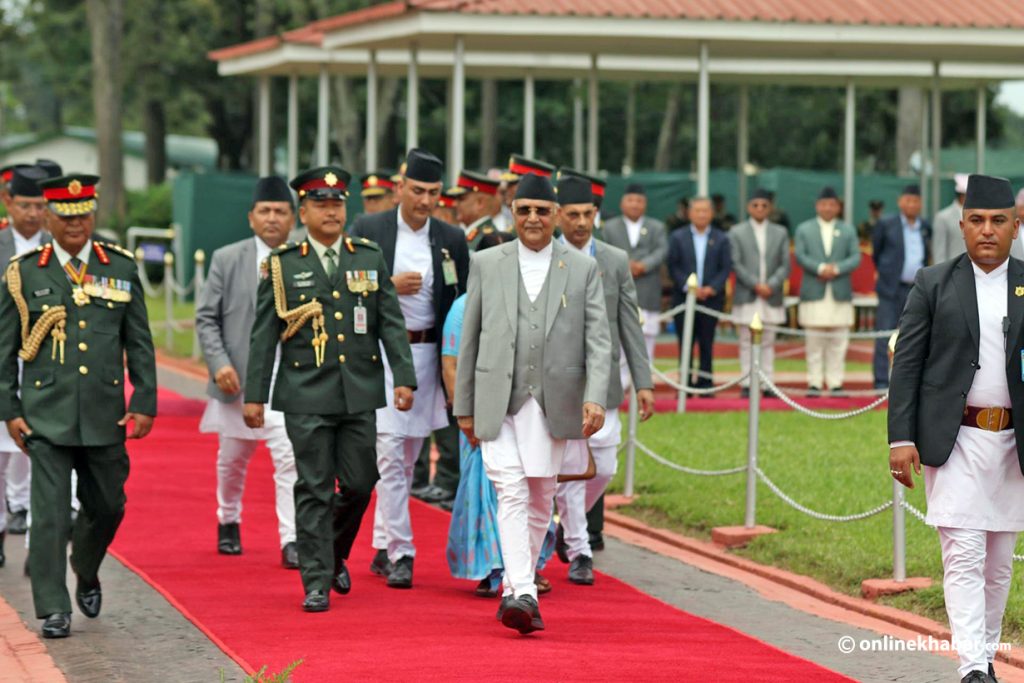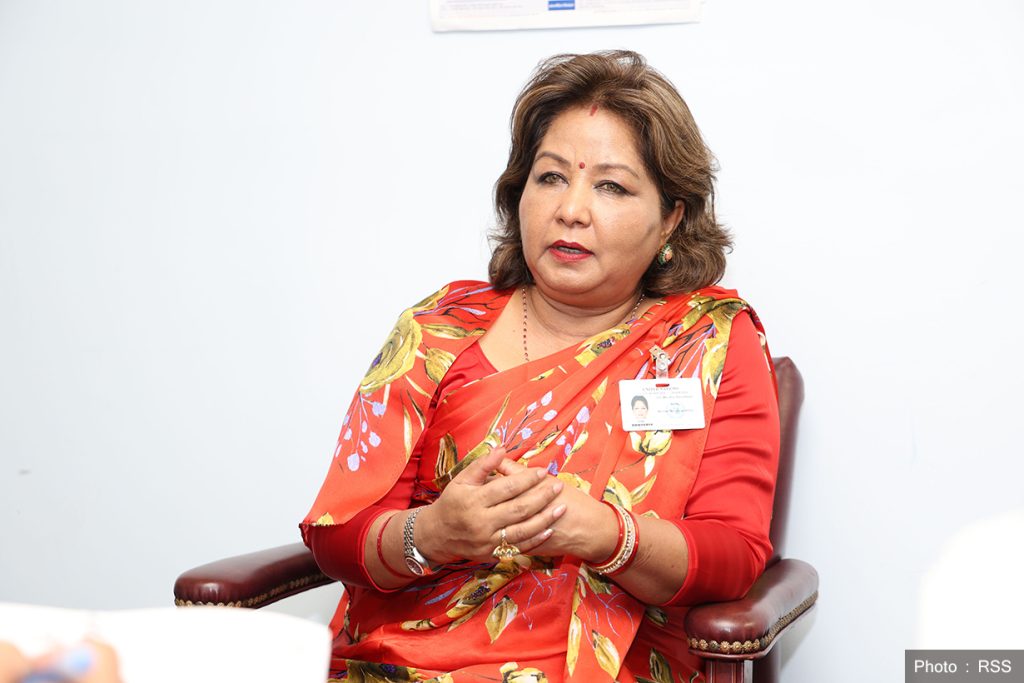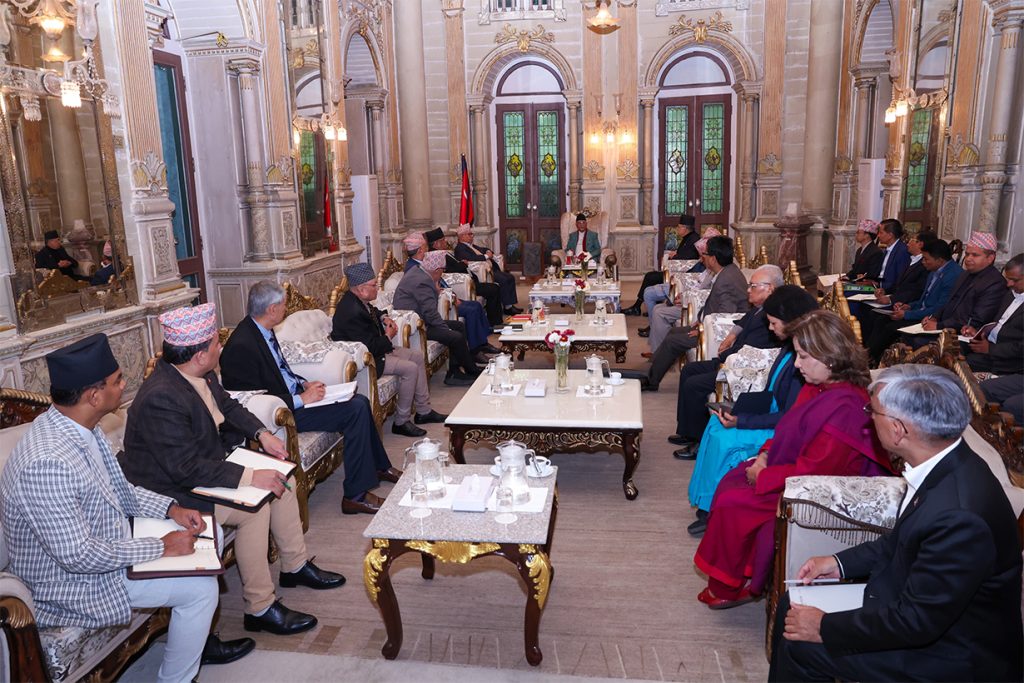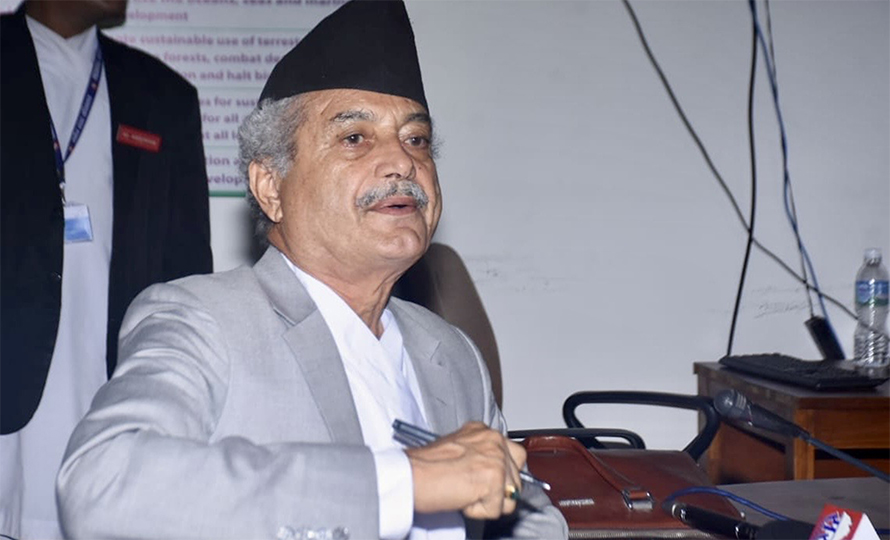The year 2020 was the worst year for countries across the world owing to the Covid-19 pandemic and millions of deaths. Despite this, the year turned into a historic one for China, as it won the battle against absolute poverty.
On February 25, 2021, Chinese President Xi Jinping announced China secured a complete victory in its fight against poverty, with the final 98.99 million impoverished rural residents living under the current poverty line lifted up. While addressing a grand gathering to mark the nation’s poverty alleviation accomplishments, he shared that the drive included all 832 impoverished counties and 128,000 villages removed from the poverty list.
Combating poverty is a global challenge; ending deprivation has been the toughest battle of its kind in human history. But, China has been able to establish itself as a pioneer in this global fight against poverty as its a learner, beneficiary and innovator of global poverty alleviation theories.
China was plagued by poverty for thousands of years. But, in a short time, its historical problem has been resolved as the country met its poverty alleviation targets under the United Nations UN 2030 Agenda for Sustainable Development, 10 years ahead of the deadline. On the road to poverty alleviation, it is believed that no one should be left behind, which China has been able to demonstrate successfully.
Based on national conditions and following the law of poverty reduction, China has adopted a series of extraordinary policies and measures and constructed a whole set of systems covering policy, work and institutions, blazing a poverty reduction path and forming an anti-poverty theory with Chinese characteristics, Chinese President Xi Jinping had said.
According to official reports, nearly 100 million people have been lifted out of poverty over the past eight years while around 800 million people over the past 40-plus years in China’s policy of reform and opening up. As per reports, for every percentage point increase in China’s GDP, the rural poor population dropped by 0.8 per cent in the 1990s.
According to a report “Chinese Poverty Alleviation Studies: A Political Economy Perspective” published by a think tank, Chinese poverty reduction is a political economy theory of distribution conducive to both poverty reduction and development, in which the government, market and society jointly work to emancipate the productivity of the poor and make them contributors to growth.
More than 80 per cent of China’s poverty-stricken counties were in ecologically fragile areas. Since 2015, China has moved 10 million people from alpine, disaster-prone, and ecologically fragile regions to nearby towns and villages. Once moved, the country helped them gain employment. In recent years, about 1 million people in the country shook off absolute poverty every month, which is equivalent to one person escaping poverty every three seconds.
China’s secret to success
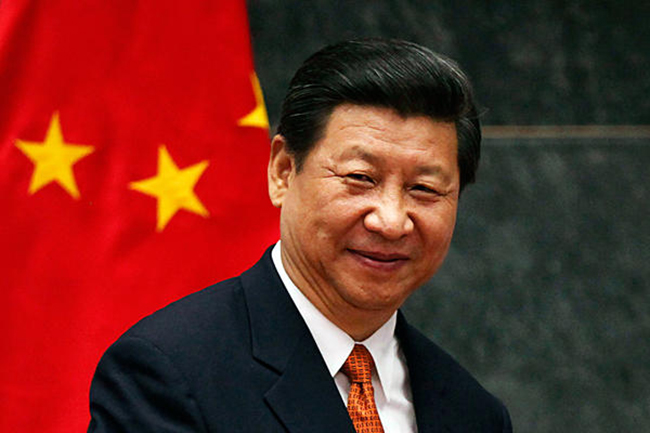
Many studies and experts have identified the keys of poverty alleviation in China as the 5Ds; namely: determined leadership, detailed blueprint, development orientation, data-based governance and decentralised delivery.
In 2011, China completed its first 10-year programme for poverty alleviation and development. It was the first country in the world to achieve the 2015 UN Millennium Development Goals of halving extreme poverty rates. Since 2012, China had made poverty eradication a basic requirement for building a moderately prosperous society in all respects. It had set the target of ensuring that the rural poor are free from worries over food and clothing and have access to compulsory education, basic medical services, and safe housing.
China implemented poverty alleviation measures, basically, the ‘six precise measures’ referring to precisely identifying the poor, accurate project arrangements, proper use of funds, household-targeted measures, the stationing of poverty-relief officials in villages, and measurable effects of poverty relief. China’s impressive investments in poverty alleviation were targeted and precise.
Besides, it had implemented the ‘five batches’ about lifting people out of poverty by expanding production to increase employment, through relocation, offering ecological compensation opportunities (like providing jobs involved in protecting the surrounding natural environment), via education, and by providing subsistence allowances, as per the report.
For the first time, China had established a unified national poverty alleviation information and management system covering nearly 100 million people. Not just the family data was archived, but also the root causes of poverty were identified. It was stated that among the registered poor households, 42 per cent had fallen into the clutches of poverty due to illness, 20 per cent to disaster, 10 per cent to schooling-related expenses and 8 per cent to poor labour ability.
There were different standards formulated according to the need and the experts’ suggestions. China had taken into consideration education, health, and living standards in setting its poverty threshold. Its target ensured that the rural poor need not worry about food and clothing and have access to compulsory education, basic medical care, and safe housing. These standards were the benchmarks for poverty alleviation.
China had long emphasised the need to build roads, highways and bridges to fuel the country’s development. Impoverished communities have benefitted most from an improvement in infrastructure. According to the Ministry of Human Resources and Social Security, more than 90 per cent of the registered poor in China have received assistance from industry and employment-driven poverty alleviation efforts. More than two-thirds have escaped poverty mainly through finding work outside their place of residence or through the local industry.
Example of Xinjiang’s victory
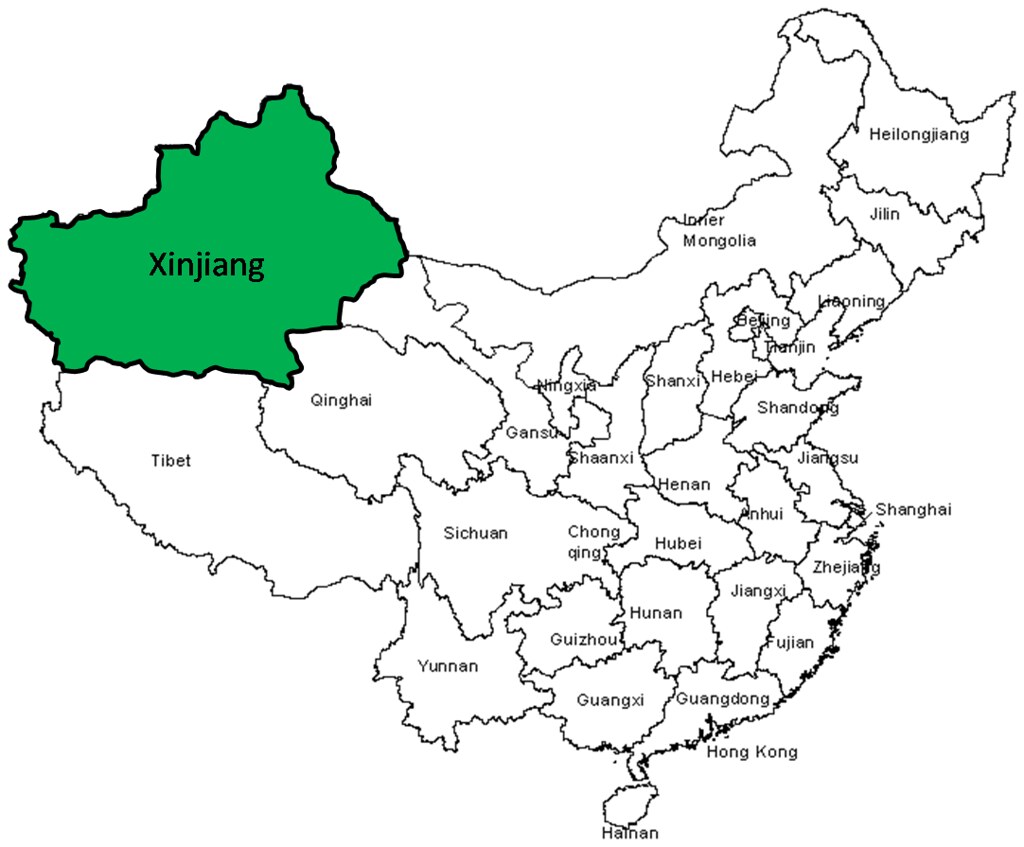
For instance, northwest China’s Xinjiang Uygur Autonomous Region created some 2 million new jobs for its residents from 2014 to 19. Xinjiang, which is often featured in western media headlines for wrong reasons such as having a significant impoverished population, had 10 counties officially categorised as poverty-stricken. It had long lagged behind other parts of China in terms of development. However, the situation is not the same today. During the execution of the 13th five-year plan (2016-20), it has undergone many changes and improvements in different areas.
From 2014 to 19, the total number of people employed in Xinjiang rose from 11.35 million to 13.3 million. The average annual increase in urban employment is more than 471,200 people, with 148,000 in southern Xinjiang, accounting for 31.4 per cent. Many local media reports stated that the average annual relocation of surplus rural labour was more than 2.76 million people, of whom over 60 per cent were in southern Xinjiang.
So far in 2020, Xinjiang created 50,000 jobs in its eastern and northern regions, while it provided employment training to 60,000 people. With the job creation, it aimed to help people from the 10 poverty-stricken counties in southern Xinjiang including Shache County, Moyu County and Akto County.
Xinjiang had launched an employment action plan to create 200,000 technical jobs in the construction sector in three years. Besides, the departments of housing and urban-rural development, human resources and social security, and education had mobilised 301 enterprises and 33 universities and training institutions to assist 33 county-level regions in southern Xinjiang for the construction of training bases, teacher training and employment.
To be noted, workers’ job preferences contributed to Xinjiang’s local government in designing employment policies, expanding employment channels, creating jobs, organising vocational training sessions, and providing placement services. A bridge was built between workers and employers to keep track of job preferences and the need for workers, which is a successful model.
Despite lockdowns in 2020, many measures were adopted in efforts to reduce poverty. To share an example, many counties took advantage of the popularity of online broadcasting to promote agricultural products, with a primary goal to reduce poverty.
At least 255,000 working teams were dispatched to offer on-the-ground support while over 3 million people were sent to the countryside by the state as special commissioners in the poverty eradication mission in the past years.
Learning for Nepal
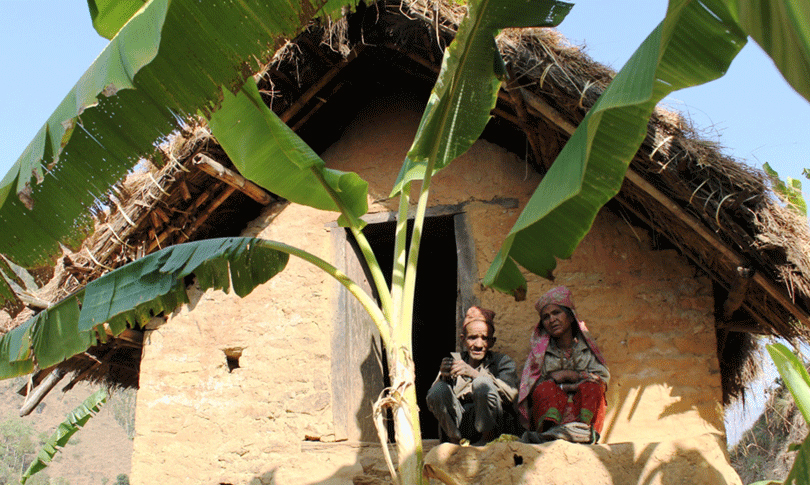
China’s distinct poverty alleviation policies and national conditions can provide useful references for other countries in their battle against poverty. China’s successful approach can be implemented in Nepal too, a land-locked country, with a weaker economy. At least 18.7 per cent Nepali population are living under the poverty line currently. With the potential addition of new poor people, Nepal’s half of the 30 million population appears vulnerable to falling into extreme poverty.
Poverty in Nepal was impacted after the devastating earthquake of 2015, which killed nearly 9,000 people and made more than a half-million homeless. Now, the Covid-19 pandemic and the prolonged economic crisis has pushed many towards poverty. Many have been finding it difficult to access basic needs like food, housing, clothing, and other essential needs in daily lives. The poverty rate had fallen sharply in recent years, particularly after 2006, following the end of a 10-year-long armed conflict. However, many estimate that the ongoing pandemic might increase the poverty rate to the same level as it was in 2006.
Surveys by different international organisations have found out that more than half of Nepali households are at the risk of falling into poverty in lack of jobs and income due to the pandemic. The government claims that measures taken to save lives from the pandemic affected Nepal’s fight to eradicate poverty, but things are gradually on track.
It should be understood that the elimination of absolute poverty in China is not a work of a single generation or a single day; it is the result of work over several generations. As it arrived against a historical backdrop of 100 years of poverty, there was an immense desire for reform.
In a symposium on the targeted poverty alleviation campaign a couple of years ago, the Chinese President had said,” We must remain committed to alleviating and eradicating poverty in a targeted manner and ensure precision in the following six areas: the identification of people who need help, the organisation of projects, the use of funds, the execution of measures, the assignment of the right people to each village, and the effects of poverty eradication. “
This approach is suitable for Nepal as well. As the country has elected people’s representatives after decades, it is the right time to mobilise them in the right manner. Since the Himalayan country has federal, provincial and local governments, the government can directly reach the households for identification of the poor and for resources and fund mobilisation. Since the government is backed by a party that was never as strong as today with a public mandate, it can play a vital role in channelising the massive poverty eradication campaign.
As China focused on four major issues: to whom help and support will be offered, who will offer help and support, how to offer help and support, and how to measure the end of poverty alleviation, Nepal too can implement policies tailored to individual villages, households, and people. Only by getting to the root of the problem of people, their concerns can be addressed in a precise and targeted manner.
China focused on its resources, funds, and projects directed at the poor. Upholding a people-centric approach was the fundamental principle of Xi Jinping’s discourse on poverty alleviation. The leadership pledged to eliminate the “two worries”: inadequate food and inadequate clothing and provide the “three guarantees”: access to healthcare, education and housing.
The same desire and approach are needed in Nepal as well, along with the acceptance of the country’s own internal weaknesses and its unique national conditions. Only with a strong desire and dedication, eradication of poverty is possible. Besides, cooperation with other countries, particularly neighbouring countries, and sharing of innovations and experiences with other countries can be crucial in fighting against poverty.
Despite China’s remarkable success in the anti-poverty battle, Chinese President Xi has stressed that shaking off poverty is not the finish line, but the starting point of a new life and new endeavour. For now, Nepal can also consider rising above the futile political fiasco and focus on a new journey of development and prosperity with poverty eradication. Since Nepal will become a developing country by the year 2026, it could be the right time to begin improving the livelihoods of people.



